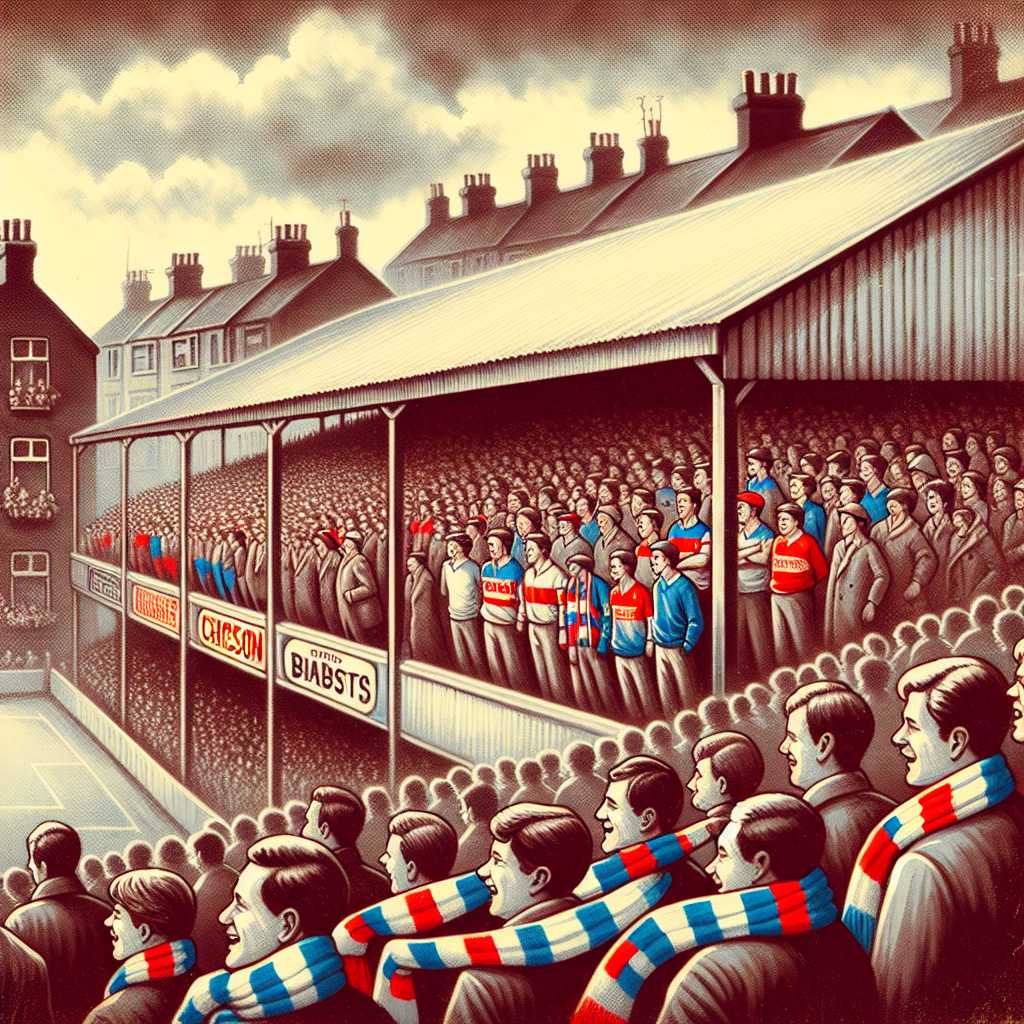Kenilworth Road: The Storied Home of Luton Town Football Club
Kenilworth Road has a rich history and a distinctive place in the heart of English football. The stadium, nestled in the Bedfordshire town of Luton, has been the home of Luton Town Football Club since 1905. Its compact, intimate atmosphere and its tenure in the football world have witnessed everything from jubilant promotions to tense relegation battles. In this article, we explore Kenilworth Road in detail, from its heritage and structure to the club and community that animates its terraces.
Early History of Kenilworth Road Stadium
A Ground is Born: The First Kicks At Kenilworth Kenilworth Road’s history as the home ground of Luton Town started over a century ago. Originally part of the grounds of Kenilworth house, it was converted into a football ground and has been in use since 1905. Initially consisting of basic wooden structures, the stadium was regularly upgraded over the years to accommodate a growing fan base and evolving safety regulations. The Twentieth-Century Stadium: Renovations and Developments
The Twentieth-Century Stadium: Renovations and Developments
As with many early English football grounds, Kenilworth Road experienced significant changes in the 20th century. Wooden stands gave way to more durable materials, and additional seating was constructed to meet the growing demand for football as a spectator sport. Floodlights were installed in the 1950s, enabling evening fixtures and increasing the stadium’s versatility.
Modern Era Adjustments: Keeping Pace with Change
Entering the modern era, Kenilworth Road continued to adapt, though it retained much of its traditional character. Restrictions on capacities were imposed by safety certificates, leading to gradual improvements such as the addition of plastic seating to replace terraces and improving sightlines for spectators.
Structure and Seating: The Anatomy Of The Ground
From Terraces to Seats: The Evolution of Seating at Kenilworth Road
Traditional terracing made way for all-seater requirements after the Taylor Report, a repercussion of the Hillsborough disaster which advanced stadium safety across England. Kenilworth Road’s capacity currently sits at around 10,300 seats, distributed among four main stands: the Main Stand, Kenilworth Stand, Oak Road End, and the David Preece Stand.
The Four Stands: Characterizing Kenilworth
Each stand has its unique characteristics and is filled with passionate supporters during match days. The Main Stand, housing facilities including dressing rooms and offices, borders one side of the pitch while opposite lies the Kenilworth Stand known for hosting the most dedicated fans. Behind one goal is the Oak Road End allocated for away supporters whilst opposite is the David Preece Stand dedicated to family seating.
Impact on Matchday Experience
The arrangement creates an intimate atmosphere where fans are close to the action on the pitch—an aspect that many participants tout as integral to granting Luton Town a “home advantage” during matches.
Luton Town Football Club: The Heart of Kenilworth Road
The Hatters’ Heritage: Luton Town at Kenilworth Road
Luton Town FC has made Kenilworth Road a recognizable name in English football. Known affectionately as “The Hatters” due to Luton’s historical connection to hat making, they have experienced their fair share of memorable moments at their long-standing home ground.
Highs and Lows: Luton Town’s Journey Through The Leagues
Their tenure at Kenilworth Road has seen them through multiple divisions of English football—ranging from top-flight competitions in their heydays during the 1980s through struggles that brought them down to non-league football more recently before once again climbing back into the professional tiers in an impressive resurgence that showcased not just sporting prowess but also strong fan support and club administration.
Engagement with Supporters
One of Kenilworth’s hallmarks is its relationship with local fans; this synergy is often visible through various community engagement initiatives by Luton Town FC designed to foster a strong local following that underpins much of their success.
Future Developments: Possibility And Potential
Renovation or Relocation Dilemmas
Though full of history and sentiment, there are constraints on expanding or significantly renovating Kenilworth Road due to its urban surroundings. Discussions continually emerge around potentially relocating to a new site, which could offer state-of-the-art facilities to better sustain future growth – highlighting balancing preservation against progressive moves.
Legacy Preservation Amidst Modern Requirements
Apart from potential practical developments, there is an emotional thrust to maintain Kenilworth Road’s legacy elements as an emblem of rustic charm amidst heavily commercialized modern stadiums.
Notes
Image Description: A nostalgic overview image of a bustling match day at Kenilworth Road stadium; fervent supporters wrapped in Luton Town scarves crowd into cozy stands shadowed by residential properties illustrating the venue’s immersed location within the local community.
